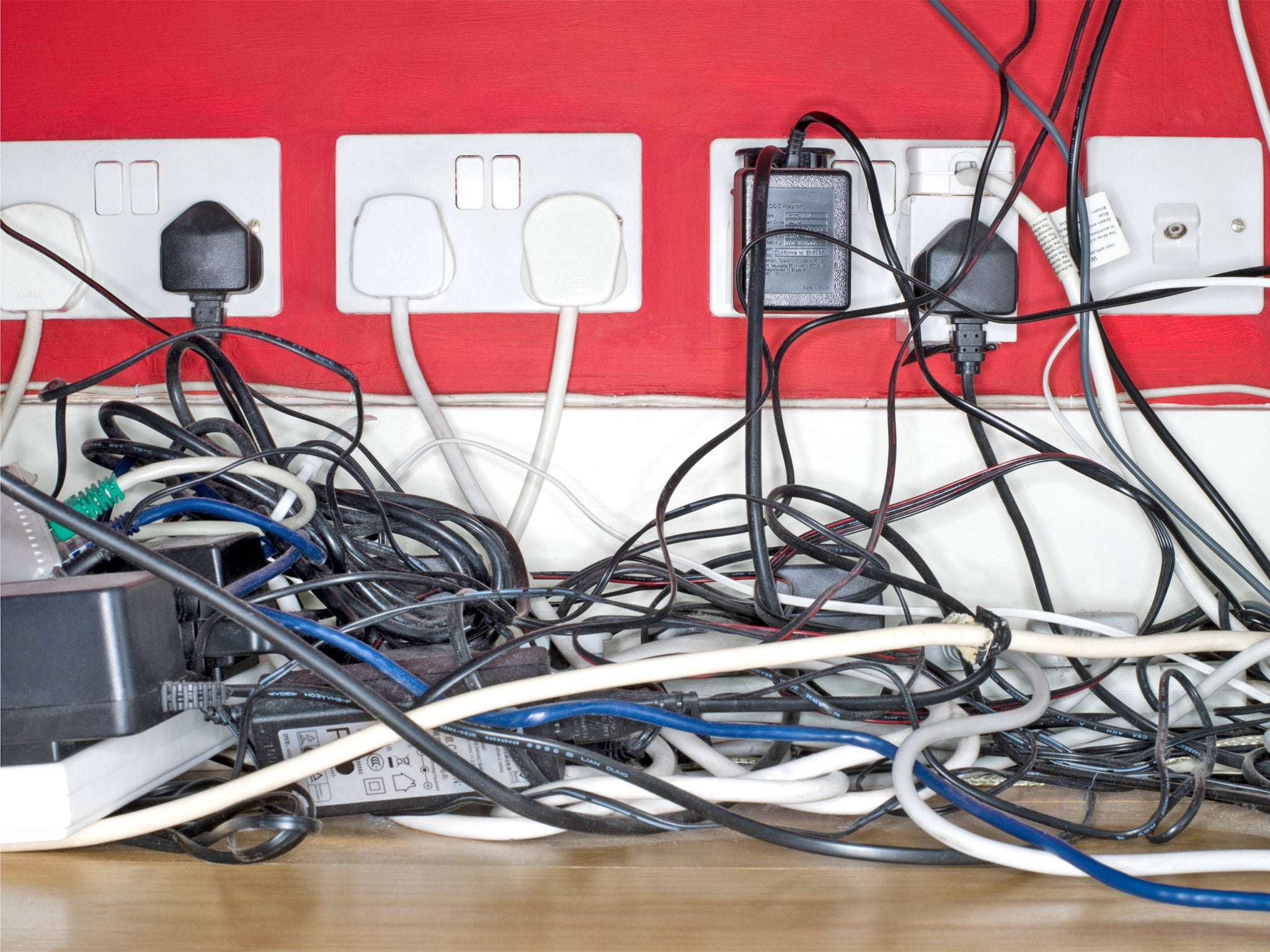Cyber Culture: Microsoft's XBox One is designed to be left switched on but what's the economic and environmental impact?

Your support helps us to tell the story
From reproductive rights to climate change to Big Tech, The Independent is on the ground when the story is developing. Whether it's investigating the financials of Elon Musk's pro-Trump PAC or producing our latest documentary, 'The A Word', which shines a light on the American women fighting for reproductive rights, we know how important it is to parse out the facts from the messaging.
At such a critical moment in US history, we need reporters on the ground. Your donation allows us to keep sending journalists to speak to both sides of the story.
The Independent is trusted by Americans across the entire political spectrum. And unlike many other quality news outlets, we choose not to lock Americans out of our reporting and analysis with paywalls. We believe quality journalism should be available to everyone, paid for by those who can afford it.
Your support makes all the difference.There's a Christmas family tradition in the Marsden household where my father issues a series of strict electrical instructions to me before he goes to bed – what has to be switched off and where, which plugs have to be removed from their sockets and so on. Every year, I look at him with uncomprehending disbelief – but obviously I obey, because it's his house.
That fear of electricity surging unsafely through wires in the small hours of the morning and how many pence it might add to the bill seems to be a worry felt mainly by the older generation; younger people tend to wastefully leave electrical items on standby or just keep them running, like fridges, primed for instant access.
Computers seem to encourage that mindset. Back in the early 1990s, there seemed to be a common belief that turning computers off and on stressed the components and would lead to catastrophic malfunction, so they were best left on.
This was almost certainly total rubbish, but we all paid out several quid and emitted a sizeable nugget of CO2 each year as a result.
These days, standby and hibernation modes encourage us to leave computers plugged in and switched on; sure, a standby mode might only use 10 per cent of the usual power, but if you add that up across a nation, that 10 per cent becomes significant.
A US government website advises that computers that aren't due to be used for 20 minutes should have their monitors switched off, and if they're going to be idle for two hours they should be switched off entirely – but even if I printed that out and stuck it on the wall next to my computer, I'd still find myself ignoring it. We've developed lazy habits.
And on the horizon now looms Microsoft's new XBox One, a gaming console which has been designed to be left switched on for its full 10-year life cycle, quietly downloading system and games updates, and listening out for voice commands.
Of course, technology has advanced a long way in 20 years; the successors to the devices we left noisily whirring in 1993 now barely make a sound, and their efficient components use less power.
But while it's undeniably cool that an electronic device springs into life when you bark at it, there's still an economic and environmental impact related to our dislike of reaching for plug sockets and of waiting for devices to boot up and shut down.
If you had a calculator and could be bothered, you could work out the financial cost of that convenience, whether it's £30, £60 or £90 a year.
My dad would probably say that those are sums worth saving – and if you stuck the money in an envelope and put it on the table in front of me now, I'd probably agree.
Join our commenting forum
Join thought-provoking conversations, follow other Independent readers and see their replies
Comments